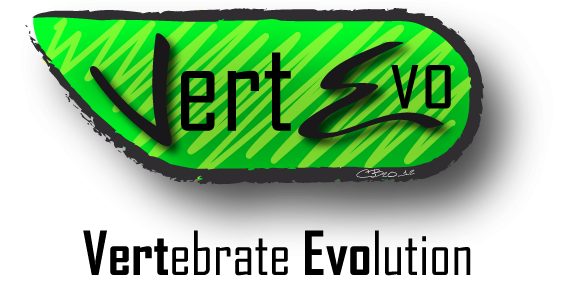World Lagomorpha Conference in Belfast
When you hear the word hare, the image of a typical long-eared, jumping, small, furry animal comes to mind. However, the taxon Lagomorpha conceals a much greater diversity of animals. In addition to the European hare (Lepus europaeus) und the well-known wild rabbit (Oryctolagus cuniculus), which was domesticated around 1500 years ago and forms the basis of our domestic rabbits, there are many other species, such as the pika, for example. In contrast to other lagomorphs, the pika has small and round to oval ears.

The 7th World Lagomorpha conference took place in Belfast at Queen‘s Universität from July 22 to 26, 2024. It brought together researchers from all over the world and with a wide range of expertise. It was a fantastic opportunity to exchange ideas on various topics such as evolution, morphology and anatomy, physiology, behavior, genetics, diseases and species conservation. The event was perfectly organized by the current Vice-president of the World Lagomorpha Society (WLS), Dr. Neil Reid.

The Böhmer Research Group gave an oral presenation and presented a poster. The project on skull morphology and dental health in laboratory rabbits showed that pellet diet has dramatic effects on the dental status of the animals. Only 12% of the animals analyzed showed no pathologies. Furthermore, attention was drawn to the relevance of objective reference lines (according to Böhmer & Crossley 2009) for the early diagnosis of dental pathologies in rabbits.
Here you can have a look at the conference program: Abstracts book.
The next conference will take place in Portland in 2026.
References:
Böhmer C and Böhmer E (2017). Shape variation in the craniomandibular system and prevalence of dental problems in domestic rabbits: a case study in Evolutionary Veterinary Science. Veterinary Sciences 4 (1): 5. DOI: 10.3390/vetsci4010005
Böhmer C and Böhmer E (2020). Shape variation in the craniomandibular system and prevalence of dental problems in domestic rabbits: a case study in Evolutionary Veterinary Science. Veterinary Sciences 4 (1): 5. DOI: 10.3390/vetsci7040182.
Böhmer E and Crossley D (2009). Objective interpretation of dental disease in rabbits, guinea pigs and chinchillas. Use of anatomical reference lines. Tierärztliche Praxis 37 (K): 250-260: PDF.




Neueste Kommentare